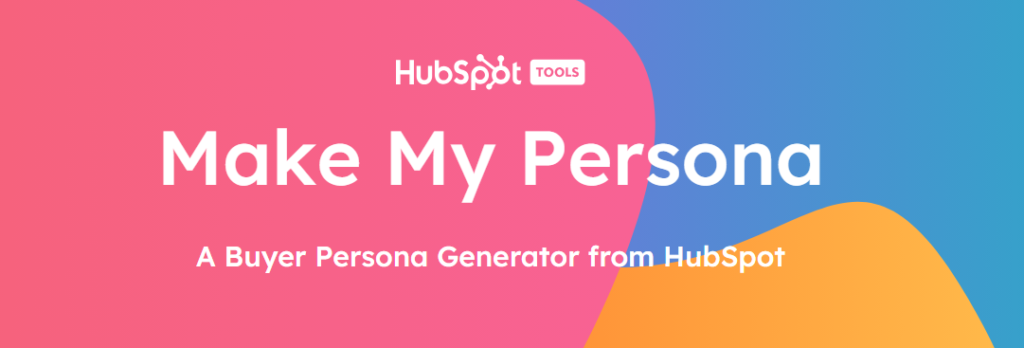First, Happy New Year!

Now, as we leap into 2025, it’s the perfect time to explore the fresh trends shaping our industry. I’ve read a lot about it during the last few vacation days and here is the list (my very own top 5) of the trends I expect to take more space this year:
1. Generative AI to become a powerhouse
As written in my November 2024 article about AI in SaaS, “Generative AI is no longer a standalone tool; it’s baked into the SaaS we use every day.”
What’s changed?
The SaaS platforms we use daily have embraced AI in ways that make even the most complex marketing tasks feel seamless. This integration allows marketers to focus on strategy while leaving repetitive tasks to AI. From CRMs to email marketing tools, everything now comes with an AI layer that amplifies creativity and efficiency.
Take HubSpot, for example.

It’s no longer just a CRM—it’s a predictive powerhouse that helps craft personalized campaigns using insights pulled directly from your customer data.
Similarly, Canva’s AI design suggestions ensure even non-designers can produce stunning visuals in minutes. This “AI-first” approach by SaaS platforms is enabling marketers to work smarter, not harder.
Aside from SaaS, all companies have considered or are still considering some AI solutions/features to improve their offer, analyzing customer preferences and seasonal trends to offer the most accurate personalized experience to their audience.
Anyway, let’s not forget the golden rule: balance. Generative AI works best when paired with human oversight. AI can draft a campaign, but the magic happens when marketers add their unique voice and strategic touch. In 2025, success isn’t about replacing creativity with AI—it’s about enhancing it.
2. Zero-party data to become the gold standard
Let’s face it: the cookie is crumbling, and nobody’s shedding a tear.

In 2025, zero-party data—the kind your customers willingly hand over— will catch all our attention. It’s like having a direct hotline to your audience’s preferences, dreams, and quirks (without the creepy surveillance vibes of third-party tracking).
Author, professor, and former General Manager and CMO Kimberly Whitler nails it in Forbes: “Data shared willingly by consumers is more reliable and actionable.”
And, it’s also privacy-compliant, which is a win in today’s hyper-cautious digital landscape!
Picture this: a B2B SaaS platform for project management asks enterprise clients about their team sizes, industry-specific challenges, and project goals. In return, the platform generates tailored onboarding plans, curated integrations, and task templates that feel custom-built for their needs. The result? Happy clients who feel supported from day one and are far more likely to renew their subscription.
Wouldn’t it feel nice?
3. Interactive content redefines engagement
Static content is so last decade. In 2025, interactive content—think calculators, polls, and dynamic 3D visualization tools, should be in all marketing team’s project lists (if not already done).
Why? Because interactive experiences turn passive audiences into active participants, creating memorable touchpoints.
Being less geek than I used to be, I don’t feel like seeing major developments in the AR field (is Meta still paying for its development? I’m not sure).

Illustration: A B2B SaaS company specializing in financial planning launches an interactive ROI calculator. Prospects can input their company’s revenue, overhead, and growth goals to see exactly how the software could save them time and money. It’s not just a demo—it’s a personalized value pitch that sticks (something I have tried to implement for years in my company… Maybe this year, who knows?)
4. SEO to adapt to conversational AI
With the rise of conversational AI like ChatGPT, the way people search for answers is shifting dramatically. Instead of Googling “best CRM software for small teams,” users are now directly asking ChatGPT or similar platforms for tailored recommendations. This evolution is pushing companies to rethink their SEO strategies entirely.
Marketers are beginning to optimize their content not just for Google, but for AI-driven platforms. This involves structuring web pages to provide concise, authoritative, and well-contextualized answers—the kind of content conversational AI would pull into a response. However, since this is a new frontier, the rules for “AI SEO” are still being written, leaving plenty of room for experimentation (and no one knows what the future will look like…Neither do I).
5. Purpose-driven marketing to win it all
In 2025, consumers aren’t just buying products—they’re buying into brands. Purpose-driven marketing, where campaigns focus on sustainability, social impact, and ethical values, continues to dominate the digital space. (I’ve asked the question to Margie Maria Gonzalez during our last conference together last December and she’s really into that topic). The line between corporate responsibility and effective marketing has never been blurrier—or more powerful.
Today’s buyers, especially younger generations, are drawn to companies that reflect their values. A tech company committed to carbon neutrality or a SaaS platform promoting workplace diversity doesn’t just stand out—they win loyalty.
Authenticity is key. Consumers are quick to spot performative marketing, so your purpose-driven campaigns need to be backed by tangible actions (as boost.ai recently did in its sustainability report).
Wrapping it up
2025 is set to be an exciting year for digital marketers ready to embrace innovation and authenticity. From AI-driven creativity to purpose-led strategies, the key to success lies in staying adaptable and customer-focused.

Comments